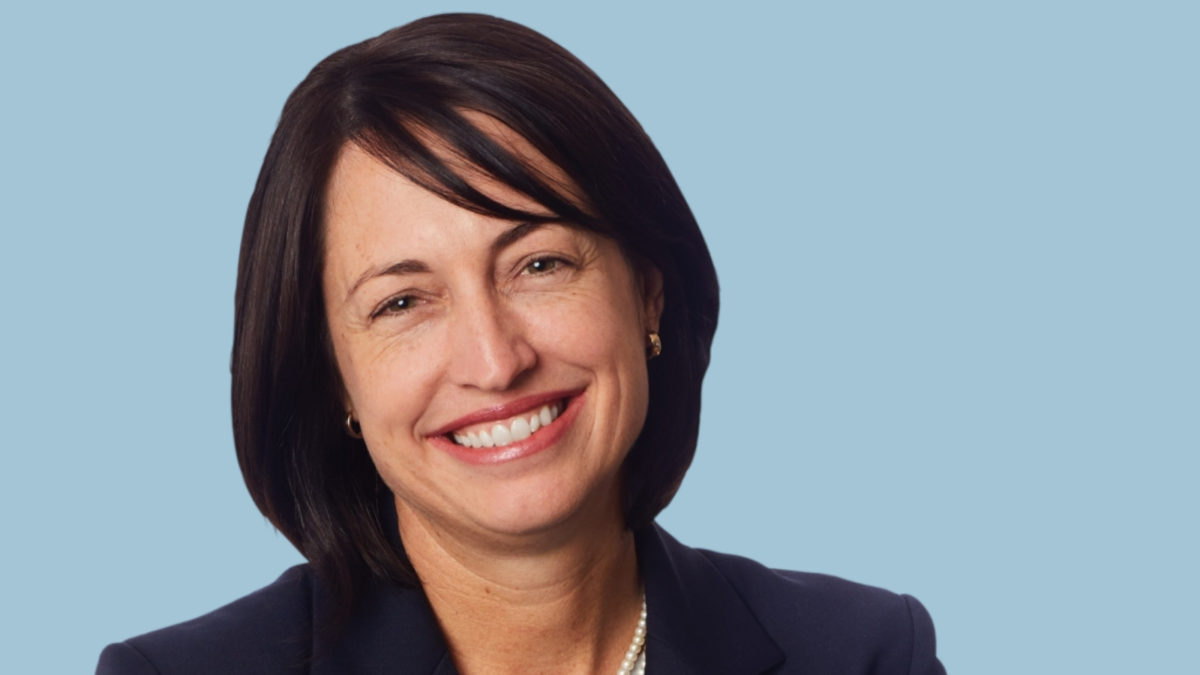Survival of the cheapest for big super
“I’m not convinced the government wants to have five funds in the market,” Damian Graham, CIO of Aware Super, told Citi’s Investment Conference on Wednesday (October 12). “I think there will be more growth and consolidation – I’ve heard people say there will be five half a trillion dollar funds. Maybe that will be the case, maybe it won’t be, because I do think it creates different areas of risk as well.”
“But being sizeable – and definitely being that size – there are some opportunities you can’t access easily. And there are some things that don’t seem to be a good use of your time. 10, 20, 30 million dollar investments probably wouldn’t make sense at that scale – that’s a natural diseconomy of scale. It won’t move the dial from a return perspective.”
But for the most part, size is a boon – not least of all for the fact that it allows (or should allow) funds to slash their fees even further. Still, it’s likely caused some anxiety among the external managers. As super funds swell to gargantuan size, and downward fee pressure intensifies, they’re bringing more and more investment management in-house. It’s no surprise that funds’ requirements have changed as they’ve grown, HESTA CIO Sonya Sawtell-Rickson (photo at top) told the same conference, and “what might not have been viable 10 years ago at half the FUM has suddenly become viable.”
“We have pursued internal asset management in mostly listed Australian assets at this stage, with a little bit of unlisted,” Sawtell-Rickson said. “… But for us it’s always going to be a hybrid model – our view is that we can attract talent to our business and deliver attractive net returns but we’re always going to be looking for complementary capability, complementary insight, and sharing of research and knowledge and debate.”
“And so that means we’re no longer a passive client that puts money into a fund and asks them to work their magic. We’re a much more active client; we want to have strategic partnerships at scale. It doesn’t make sense for us to have hundreds of relationships. We’d much prefer to have a more concentrated partnership with managers that have a two-way information flow.”
Meanwhile, Aware is pursuing a blend of internal and external across all asset classes; it has “a tiny roster of about 120 managers” and external managers still have a “fantastic part to play.”
“I have always struggled a bit with strategic partnerships as a concept – not that others won’t get good value out of it, but I think there’s a difference in incentives and so I think you’ve got to understand and acknowledge it,” Graham said. “I do think the trend is to manage more money internally as you get larger, but not everything makes sense.”
“A lot of people ask why we want to internalise, and fees are just one facet of it. Information is another. And I think controllability of your portfolio is really important as well. The rotation of property is a great example, with retail property really under pressure – the ability to transact in your unlisted property portfolio is very low if you’re doing it through other funds. But if you own those assets directly you have much more controllability of those.”
But smaller super funds shouldn’t need a weather man to know which way the wind blows.
With the advent of heatmaps, and the Your Future Your Super performance test, fees have become just as much a measure of what makes a good fund in the eye of the regulator as returns.
“That’s a challenge for those who continue with a significantly outsourced model,” Sawtell-Rickson said. “If you do want to pursue active management, pursue alternative assets or unlisted assets, and do that in a completely external way, there is also going to be a profit margin captured by a third party, which makes it challenging.”
“There are some great funds below APRA’s view on what a big fund looks like – around that $30 billion mark – that are generating really strong performance, and their fees might be a bit higher but their net performance is creating great outcomes for members. It’s a disappointing thing for the industry that fees dominate so much now.”











